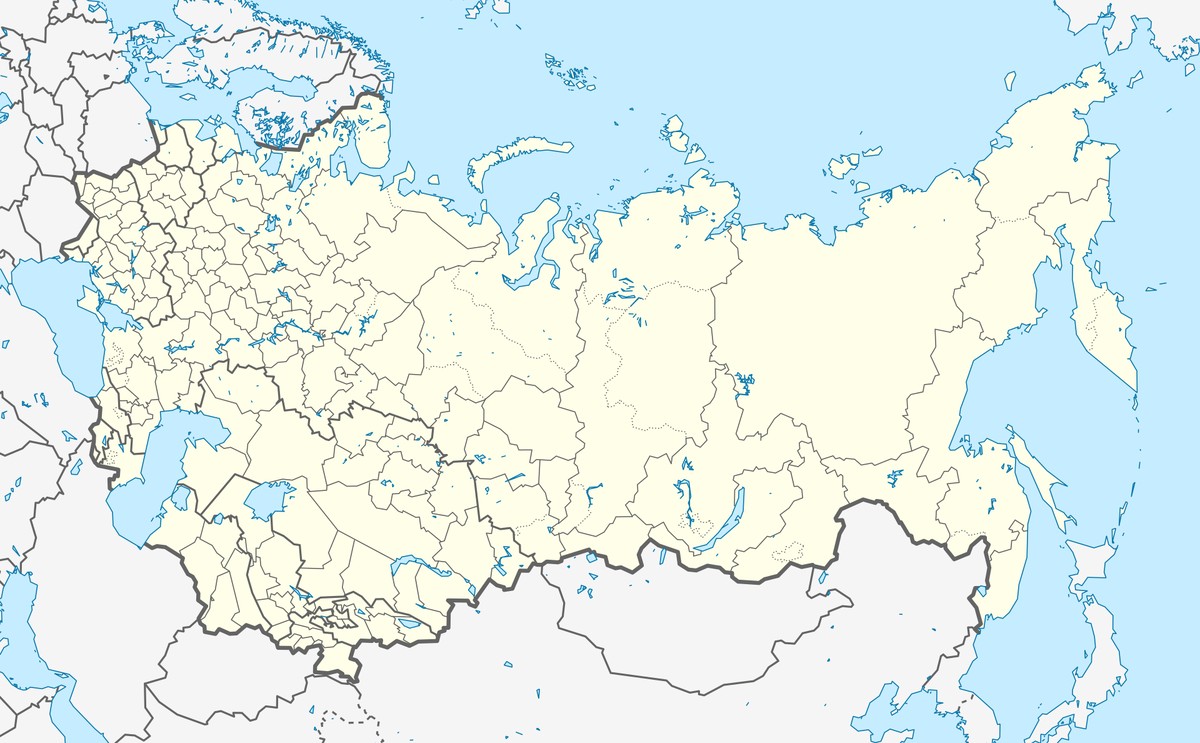Two Thousand Years of Change, One Unbroken Identity: The World’s Oldest Nations Still Standing
Two thousand years of upheaval have rewritten borders across Europe and Asia: populations shifted, languages vanished, and religions transformed. Yet seven civilizations have preserved an unbroken thread of identity through centuries of empire, invasion, and migration. Here are seven nations whose ancient roots survive in the modern world: Japan, Korea, Iran, Israel, Armenia, India, and China.
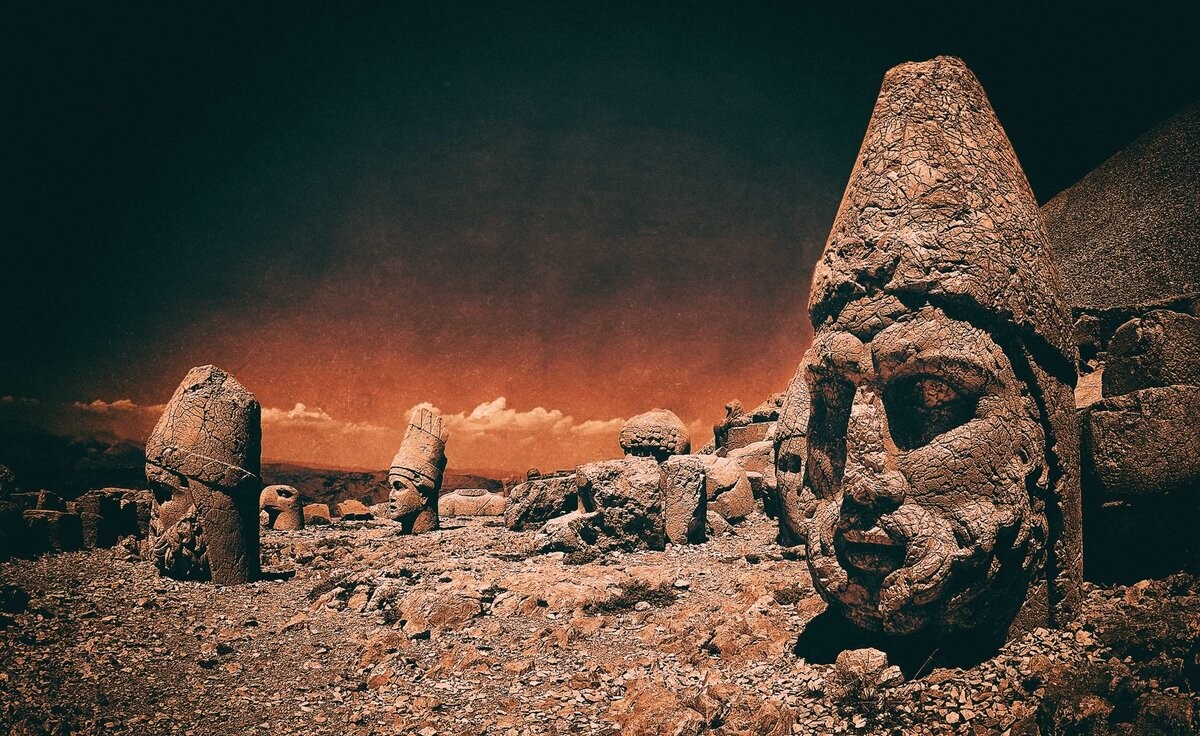
In This Article:
Japan: A Mixed Origin, An Enduring Imperial Line
Origins of the Japanese people lie in the blending of the indigenous Ainu with migrants from southern China who arrived via Korea. When hunter-gatherers intermarried and settled, a unified country with an imperial line emerged and still rules today. Japanese legends place this emergence centuries before the common era, but historically the consolidation happened in the early medieval period as islanders adopted Chinese-style governance.
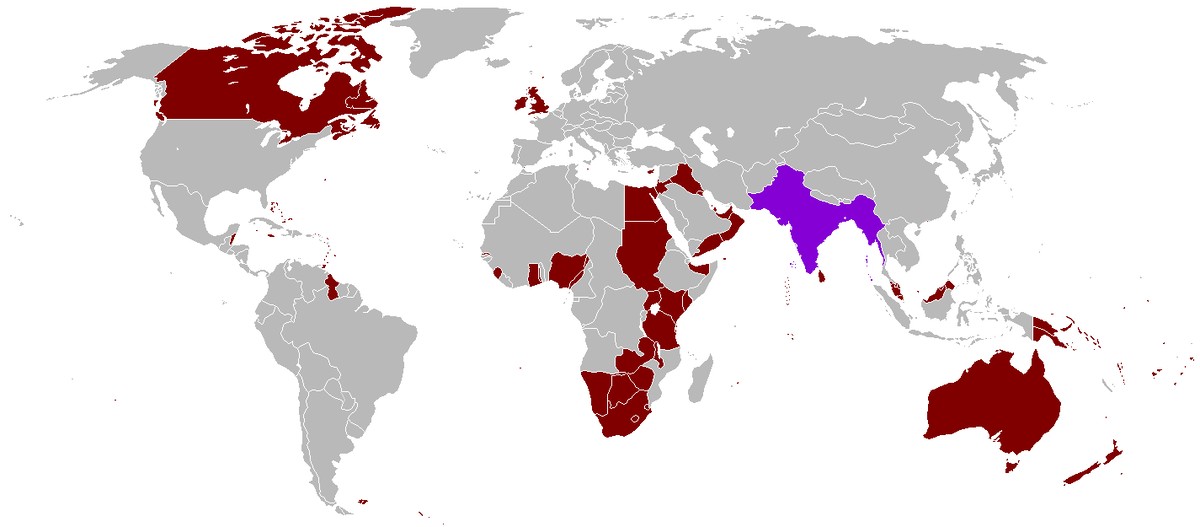
Korea: From Gojoseon to the Two Koreas
Koreans are the result of a long fusion: southern Chinese farmers joining with Tungusic-Mongol steppe groups who arrived on the peninsula during the Hun expansion. In the 4th century BCE they founded the state of Gojoseon (Kochoson), initially in the north and steadily expanding south. After its collapse, several small kingdoms arose, whose heirs are the modern Koreas today.
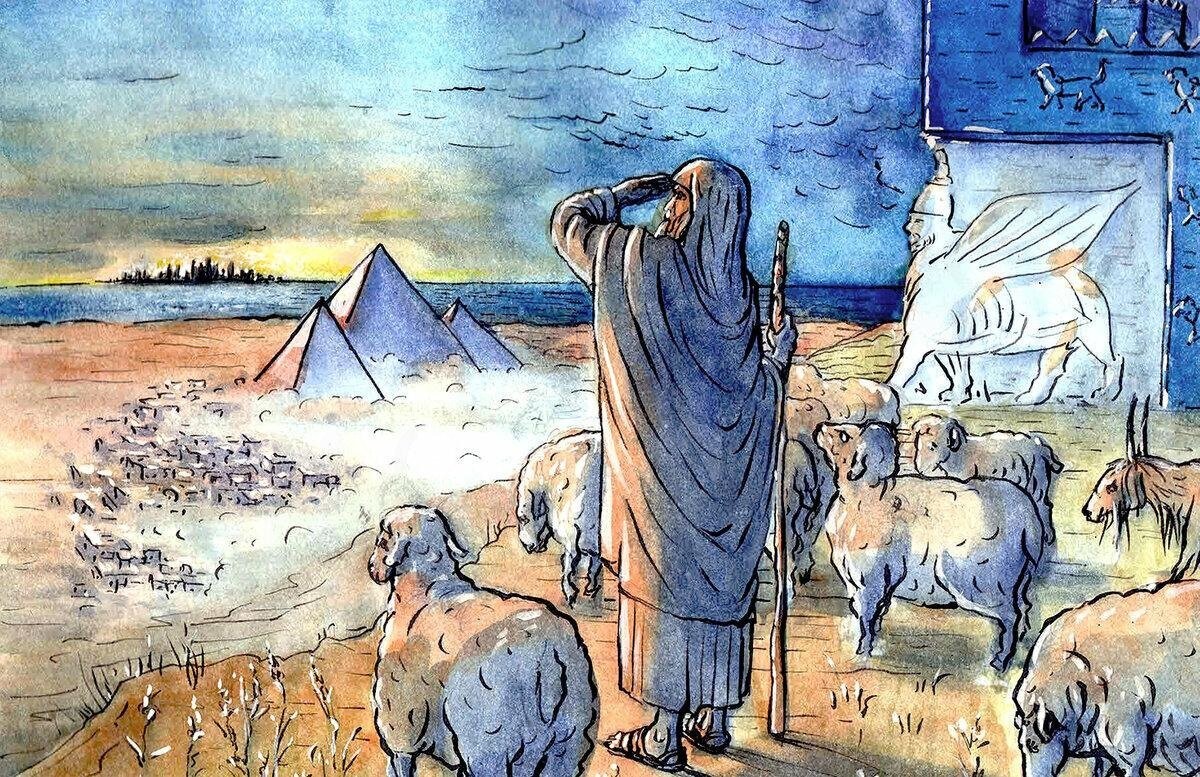
Iran and Israel: Continuity Across Empires and Diasporas
Iran: In the 6th century BCE, people from the Fars region seized control of the dissolving Median empire, giving birth to the majestic Persian Achaemenid dynasty. Over the centuries the empire would host a succession of religions and dynasties, becoming the cradle of the modern Iranian state. Israel: The biblical story spans more than 3,500 years. According to scripture, a united Israelite kingdom arose about three thousand years ago. While direct data are scarce, historical sources identify the kingdoms of the Northern Israel and Judah in the 9th–8th centuries BCE. Despite later conquest and erasure from the land, in the 20th century Jews re-established their country.
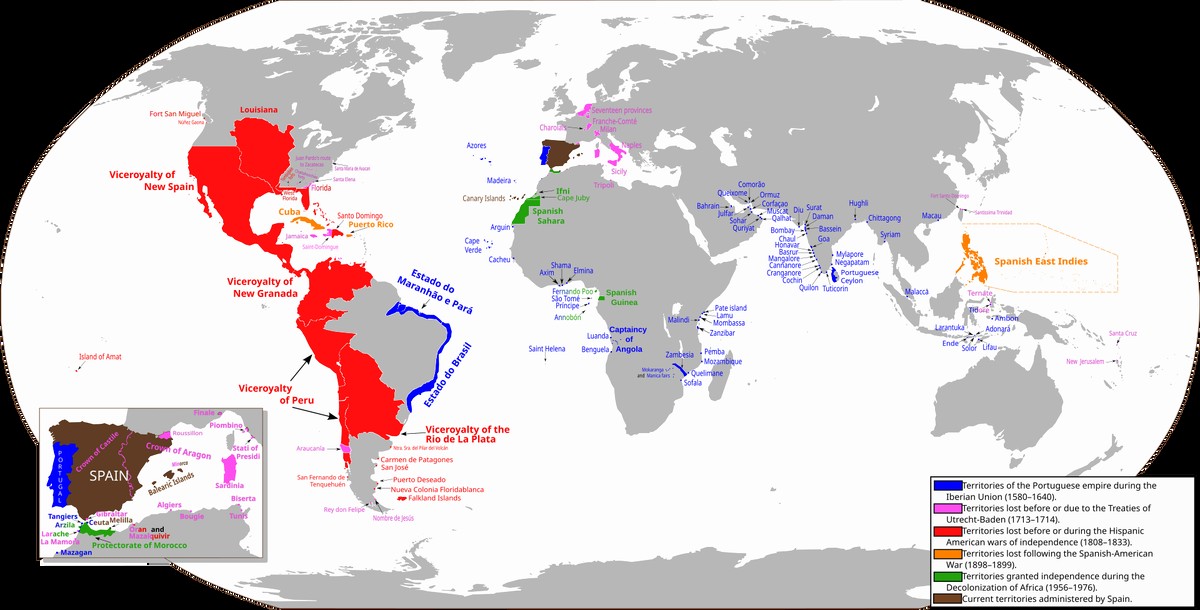
Armenia, India, and China: Cradles of Civilization That Endure
Armenia has long been connected to the civilizations of the Fertile Crescent. The cradle of Armenian statehood is likely the kingdom of Haiasa, which existed along the upper Euphrates in the 14th–13th centuries BCE. It is there that the Indo-European proto-Armenian language took shape and Armenian expansion began. India: The history of modern India begins with the ancient Indus Valley cities of Harappa and Mohenjo-Daro. Four thousand years ago climate change and invasions by Indo-European nomads pushed populations southward; in the north, many small kingdoms formed and the Vedic civilization took root, laying the groundwork for the future Indian nation. China: The Chinese story starts in the north along the middle reaches of the Yellow River. In the 17th century BCE the Shang (Yin) dynasty rose, bringing bronze, chariots, and a distinctive script. After periods of feudal fragmentation and war, China’s long arc of history culminated in eventual unification and a continuous civilization to the present day.
